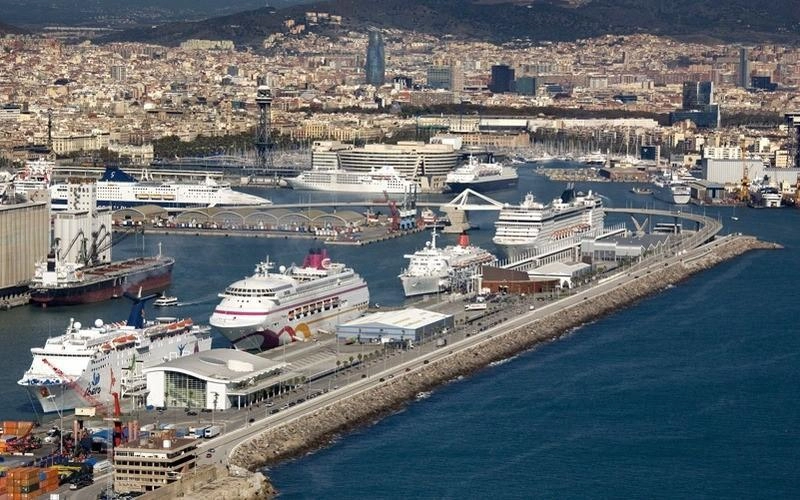
Barcelona Implements Port Capacity Limits to Tackle Overtourism
The city of Barcelona is implementing significant changes to its cruise port infrastructure to address the growing issues of overcrowding and urban strain. By 2030, Barcelona plans to reduce its number of cruise terminals from seven to five. This decision comes amidst a notable rise in cruise passenger traffic, with a 20% increase recorded between 2018 and 2024, as well as a further 21% increase in ship calls in the early months of 2025.
Under an agreement between the Barcelona City Council and the Port Authority, three older terminals—A, B, and C located on the Adossat wharf—will be demolished. A modern public terminal will take the place of Terminal C, designed to accommodate 7,000 passengers and focus on homeport itineraries and smaller vessels. The changes are expected to cut the port’s maximum daily cruise passenger capacity from 37,000 to 31,000, achieving a 16% reduction.
The upgrade will be financed by a €185 million public-private investment, which includes €50 million dedicated to the renovation of a 610-metre wharf section and improvements to enable an onshore power supply (OPS), aimed at reducing emissions from ships at dock. Additional infrastructure upgrades will involve a new pedestrian and cycling corridor beneath Montjuïc and a €90 million enhancement to the Porta d’Europa bridge.
Mayor Jaume Collboni stated that this initiative marks the first legal cap on cruise tourism growth in Barcelona. He acknowledged the Port’s recognition of the need for better management of tourism, emphasizing the importance of combining restrictions with improved planning.
However, José Antonio Donaire, the city’s Commissioner for Sustainable Tourism, cautioned that the visible impacts of these changes might not be seen until the completion of the renovations in 2030. He indicated that passenger numbers could potentially exceed 2024’s records in the short term.
Importantly, cruise tourism contributes approximately €1 billion annually to Barcelona’s revenue and €562 million to the GDP of Catalonia. On average, cruise passengers spend €230 daily, far surpassing the spending of regular tourists. City officials are optimistic that a more organized cruise model can sustain these economic benefits while alleviating the local impacts of mass tourism.
For more information, visit:
Set sail on a voyage of discovery with CruiseShip.net – your ultimate destination for all things cruising! Explore the latest news, insightful reviews, and thrilling cruising adventures from around the globe. Whether you’re a seasoned cruiser or a first-time traveler, CruiseShip.net is your go-to source for expert advice, insider tips, and inspiring stories to fuel your wanderlust. Embark on a journey like no other with CruiseShip.net – where every wave brings new excitement and endless possibilities on the high seas.



Leave a Reply